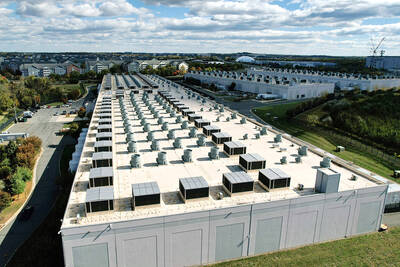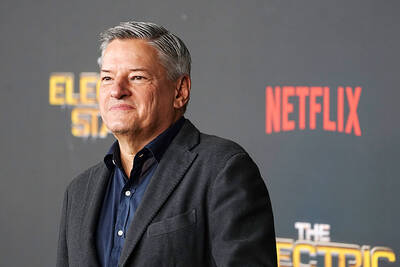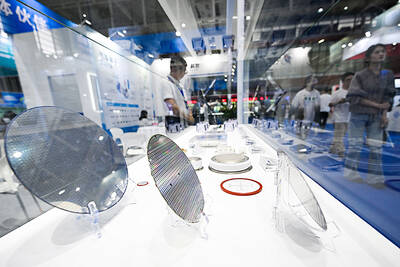Acer Inc (宏碁) will continue to produce netbook PCs, although rival Samsung Electronics Co reportedly plans to quit the market early next year, a top Acer executive said yesterday.
On Nov. 25, French Web site Blogeee quoted an e-mail sent by Samsung to its trading partners, saying that the South Korean company would discontinue its 10.1-inch netbook product range in the first quarter of next year following the introduction of a new strategy for the coming year.
The company will focus on -ultra-portable products in the 11.6-inch to 12-inch size range, as well as Intel Corp’s ultrabooks.
However, Acer Taiwan president Scott Lin (林顯郎) said the company would hold on to its netbook business because of demand from emerging markets.
“There is still demand for netbooks in developing countries such as Indonesia and India, where netbooks have become critical tools among students for information education,” Lin said. “Acer will absolutely keep making netbooks, and we expect that Intel will release the next version of its netbook CPU as early as February next year.”
“Some brands might decide to quit the business because they lack economic scale, so the future netbook market is expected to be led by two major players — Acer and Asustek Computer Inc (華碩),” he said.
Sales of netbooks accounted for between 18 percent and 20 percent of Acer’s total notebook shipments for the first three quarters of this year, higher than the industry average which is between 11 percent and 12 percent, Lin said.

Taiwan’s exports soared 56 percent year-on-year to an all-time high of US$64.05 billion last month, propelled by surging global demand for artificial intelligence (AI), high-performance computing and cloud service infrastructure, the Ministry of Finance said yesterday. Department of Statistics Director-General Beatrice Tsai (蔡美娜) called the figure an unexpected upside surprise, citing a wave of technology orders from overseas customers alongside the usual year-end shopping season for technology products. Growth is likely to remain strong this month, she said, projecting a 40 percent to 45 percent expansion on an annual basis. The outperformance could prompt the Directorate-General of Budget, Accounting and

The demise of the coal industry left the US’ Appalachian region in tatters, with lost jobs, spoiled water and countless kilometers of abandoned underground mines. Now entrepreneurs are eyeing the rural region with ambitious visions to rebuild its economy by converting old mines into solar power systems and data centers that could help fuel the increasing power demands of the artificial intelligence (AI) boom. One such project is underway by a non-profit team calling itself Energy DELTA (Discovery, Education, Learning and Technology Accelerator) Lab, which is looking to develop energy sources on about 26,305 hectares of old coal land in

Netflix on Friday faced fierce criticism over its blockbuster deal to acquire Warner Bros Discovery. The streaming giant is already viewed as a pariah in some Hollywood circles, largely due to its reluctance to release content in theaters and its disruption of traditional industry practices. As Netflix emerged as the likely winning bidder for Warner Bros — the studio behind Casablanca, the Harry Potter movies and Friends — Hollywood’s elite launched an aggressive campaign against the acquisition. Titanic director James Cameron called the buyout a “disaster,” while a group of prominent producers are lobbying US Congress to oppose the deal,

Two Chinese chipmakers are attracting strong retail investor demand, buoyed by industry peer Moore Threads Technology Co’s (摩爾線程) stellar debut. The retail portion of MetaX Integrated Circuits (Shanghai) Co’s (上海沐曦) upcoming initial public offering (IPO) was 2,986 times oversubscribed on Friday, according to a filing. Meanwhile, Beijing Onmicro Electronics Co (北京昂瑞微), which makes radio frequency chips, was 2,899 times oversubscribed on Friday, its filing showed. The bids coincided with Moore Threads’ trading debut, which surged 425 percent on Friday after raising 8 billion yuan (US$1.13 billion) on bets that the company could emerge as a viable local competitor to Nvidia